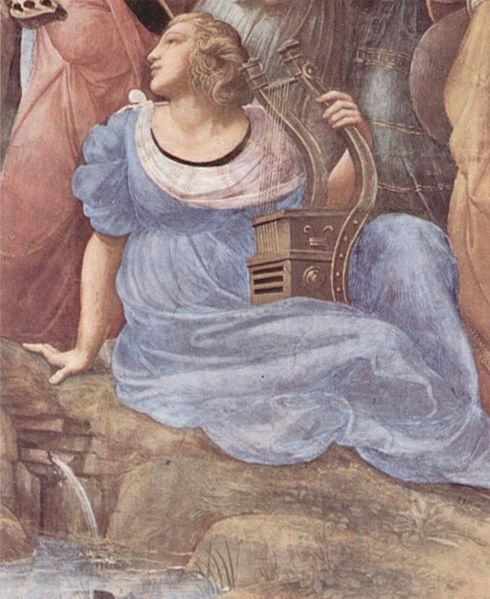Praetorius, Dance Suite from Terpsichore

After galliards and pairs of court dances, like pavan-galliard and pavan-salterello, you might ask what composers would think of next. The answer naturally was to come up with bigger combinations of court dances that could be linked together in some way. The Baroque “suite” would evolve as a collection of court dances.
The suite would, in turn, evolve into the sonata. Throughout the Baroque period the terms suite and sonata get thrown around without a lot of precision. But most of the time, a suite is made up of a set of dance forms all in the same key. Each dance usually has a binary form: A A / B B. The earliest suites appeared as sets of branles (a French term meaning to sway or shake).
The dances themselves originally had the practical purpose of accompanying dancing. Collections of dances might be grouped to accommodate the dancers’ needs. Or a collection might be made to accompany dining to be followed by dancing. Paul Peuerl receives credit for the first publication in 1611 of a suite-like collection of related dances.
Michael Praetorius (1571-1621) was born in Creuzburg (close to Eisenach and the Wartburg Castle). He wrote a great deal of Lutheran church music, including the familiar harmonization of “Lo, How a Rose E’er Blooming.” His Terpsichore (1612) collects some 300 dances mostly based on pre-existing French melodies. A significant part of this large collection contains ballets and suites of branles.
The selection is performed on the curtal in various sizes, a double reed instrument and predecessor of the bassoon.



